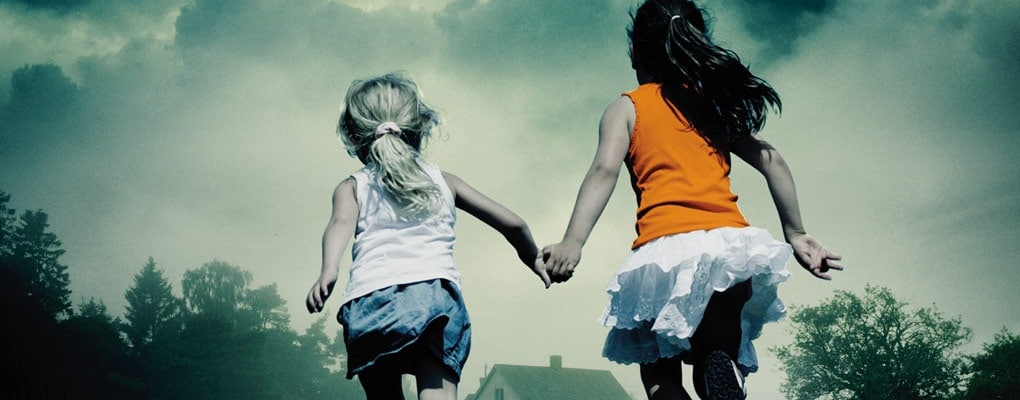Books
Dear Reader: a letter from Julie Myerson
Dear Reader,
I always begin writing a novel with almost nothing. There might be a random image. Or a feeling. Or a few such images or feelings which seem to mesh or collide in a way I don’t quite understand. But that’s OK: it’s the not-quite-understanding which tends to excite me most.
It was December 2012 and all I knew about the book I’d just begun was that there was a little girl – a very small girl of three or four years old – let’s call her Lottie. Then I happened to be on a train from Ipswich to Lowestoft and the small, brown-haired child in the seat opposite me turned to her mother and said: ‘I used to be a dog, didn’t I?’ I froze. And got my notebook out.
A few days later, there was a shooting at Sandy Hook Elementary School in Newtown Connecticut in the US. Twenty young children and six teachers dead. Like everybody else, I found it unthinkable: the unimaginable horror, the agony of how that terrible day might have unfolded. Now I saw my Lottie, perhaps a little older, wrapped up in a coat and on her way to school. A chilly winter’s day. Or was it summer? Somewhere out there, a malign presence was waiting to interrupt her day with random, unspeakable violence. How? And why?
I began writing.
At around the same time, a newspaper ran a picture of some previously undiscovered Victorian police mugshots. Rows of sepia faces belonging to long ago murderers, burglars and arsonists. One in particular caught my attention: hair shaved brutishly short around the sides and long on top, an almost insolently, dashingly handsome face. Something told me that his hair was red. I kept the picture on my desk throughout the writing of the book.
Soon I had the credible beginnings of The Stopped Heart: storm, cottage, little Lottie, the stranger with the bright hair. And then something else happened. With startling clarity, I suddenly saw the house as it would be now. Not a farm at all, not a poor rural cottage with a dirt floor, but someone’s modern-day, sympathetically-restored home. And that ‘someone’ was standing there and weeping – a huge and inexplicable weight of grief on her shoulders. This was Mary. What was wrong – what had happened to make her weep like that? It took me a long time – and a lot of writing – to find out. And once I had grasped the truth, I was shocked. I knew that this part would be very hard to write.
Perhaps most chillingly of all, it soon became clear that – despite the way the novel seemed to have grown and changed – I was, after all, still writing about a school massacre. It just wasn’t the school – or even the century – that I’d originally imagined. In fact, nothing was quite as I’d planned. It can be very thrilling when ideas seem to mesh and collide and the work itself takes over. But with this novel more than any other I’ve written, this collision – dark and unearthly and in some strange way still frighteningly opaque – shook me to the core.
Julie Myerson



Please note: Moderation is enabled and may delay your comment being posted. There is no need to resubmit your comment. By posting a comment you are agreeing to the website Terms of Use.